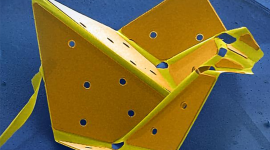
Self-folding nanotech creates world’s smallest origami bird
A recent paper published in Science Robotics featured the revolutionary work from the Cohen, McEuen, Muller, and Arias labs. Learn more in this Cornell Chronicle summary. Read more

Selected news pieces highlighting accomplishments of the School of Applied and Engineering Physics faculty, students and alumni.

A recent paper published in Science Robotics featured the revolutionary work from the Cohen, McEuen, Muller, and Arias labs. Learn more in this Cornell Chronicle summary. Read more

Consider contributing to AEP during today's 24-hour 2021 Cornell Giving Day Challenge! Join your classmates, designate a gift to AEP, and be counted in Giving Day totals. Read more

A newly published Science Advances paper was generated by a multidisciplinary team, including AEP co-authors Professor David Muller and Ph.D. candidate Phillip Dang. Collaborators included Cornell's Department of Materials Science and Engineering, School of Electrical and Computer Engineering and the Department of Physics, along with the Kavli Institute at Cornell for Nanoscale Science, the National High Magnetic Field Laboratory, Qorvo Inc. and the United States Naval Research Laboratory. This type of multidisciplinary research is what sets Cornell apart, and particularly defines AEP. Learn... Read more
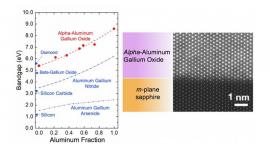
A Cornell collaboration has found a way to grow a single crystalline layer of alpha-aluminum gallium oxide that has the widest energy bandgap to date – a discovery that clears the way for new semiconductors that will handle higher voltages, higher power densities and higher frequencies than previously seen. The collaboration was led by co-senior authors Debdeep Jena and Huili Grace Xing, both professors in electrical and computer engineering and in materials science and engineering. The team also included David Muller, the Samuel B. Eckert Professor in Applied and Engineering Physics, who... Read more
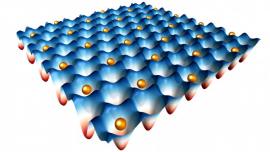
Like restless children posing for a family portrait, electrons won’t hold still long enough to stay in any kind of fixed arrangement. Now, a Cornell-led collaboration has developed a way to stack two-dimensional semiconductors and trap electrons in a repeating pattern that forms a specific and long-hypothesized crystal. The team’s paper, “ Correlated Insulating States at Fractional Fillings of Moiré Superlattices,” published Nov. 11 in Nature. The paper’s lead author is postdoctoral researcher Yang Xu. The project grew out of the shared lab of Kin Fai Mak, associate professor of physics in the... Read more
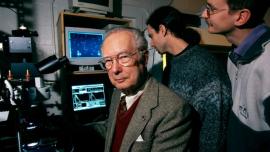
Applied physicist Watt W. Webb, the S.B. Eckert Professor of Engineering Emeritus and a pioneer in methods for imaging living biological systems, died Oct. 29 in New York City. He was 93. Webb was best known as the biophysicist who co-invented fluorescence correlation spectroscopy and multiphoton microscopy – imaging techniques that have revolutionized how scientists observe biological dynamics and structures deep within living tissue. Read the full Cornell Chronicle article. Read more
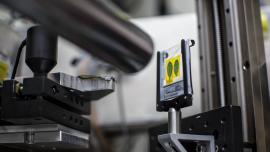
CHESS received $32.6M from NSF to build a High Magnetic Field beamline, which will allow researchers to conduct precision X-ray studies of materials in persistent magnetic fields. “This significant new infusion of NSF funding for Cornell’s CHESS lab will guarantee the preservation and expansion of its revolutionary scientific research in the heart of upstate New York,” said Senator Chuck Schumer. Read more
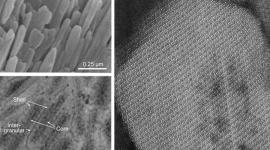
A collaboration between researchers from Cornell, Northwestern University and University of Virgina combined complementary imaging techniques to explore the atomic structure of human enamel, exposing tiny chemical flaws in the fundamental building blocks of our teeth. The findings could help scientists prevent or possibly reverse tooth decay. Read the full Chronicle Article here. Read more
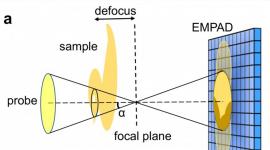
Regarding his team's new mixed-state electron ptychography method, Professor David Muller, Samuel B. Eckert Professor of Engineering, says it entails: “hardware to count every electron and software to make sure every electron counts.” Mixed-state electron ptychography uses complex algorithms to achieve faster, less destructive, more efficient imaging with picometer precision. Learn more: " When imaging atoms, blurrier is better". Read more
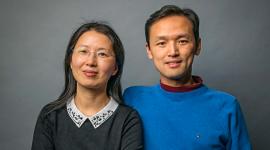
Professor Jie Shan and Associate Professor Kin Fai Mak co-author recent paper on a new real-time imaging technique that is fast and sensitive enough to observe elusive critical fluctuations in two-dimensional magnets. This technique allows researchers to control the fluctuations and switch magnetism via a “passive” mechanism that could eventually lead to more energy-efficient magnetic storage devices. The team’s paper, “ Imaging and Control of Critical Fluctuations in Two-Dimensional Magnets,” published June 8 in Nature Materials. Learn more in the Cornell Chronicle article here. Read more